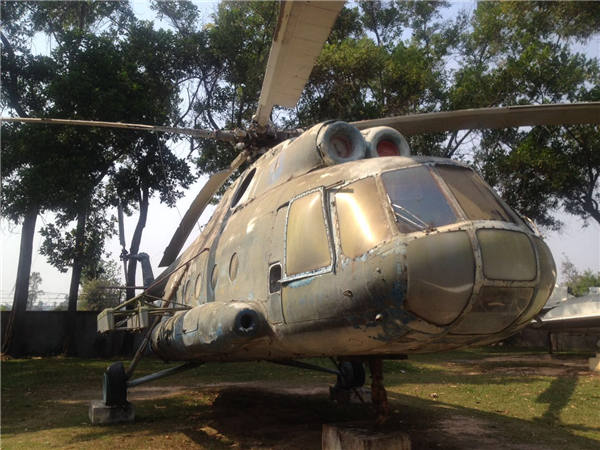Going beyond Angkor Wat
 |
|
A relic of the Cambodian civil war, one of many on display at the War Museum. |
The city's two main attractions are the National Museum and the Royal Palace, both a short walk of each other in the center of town. The museum ($5 admission) houses a modest collection of ancient artifacts, but you can probably skip it if you're planning on heading to Siem Reap, which has the larger and more-impressive Angkor National Museum.
A visit to the stunning Royal Palace (a rather steep $13 entry fee) will take only about an hour, with several exhibition areas added in recent years to give a fuller visitor experience. Paying $10 for a guide is worth it to learn more about the history. The palace is open 9-11 am and 2-5 pm, but its best to visit early to avoid the afternoon heat.
Around the museum and palace are dozens of restaurants offering Khmer and Western options and coffee shops, while Street 240, just around the corner, is lined with boutique stores selling clothes, organic foods and cosmetics.
Head to Sisowath Quay, which offers views of where Tonle Sap River merges with the Mekong River, and walk north and you will quickly arrive at the city's tourist center, ideal for shopping, dining and drinking. When the sun goes down, however, the area can feel a little seedy, and you need to be careful with your belongings.
A tuk tuk can also be hired to take you to the Killing Fields, about 17 kilometers to the south, where the Khmer Rouge executed many of its victims during its four-year reign. Today, the site features a Buddhist stupa packed with thousands of skulls. A visit here can be combined with the Tuol Sleng Genocide Museum, a former prison.














